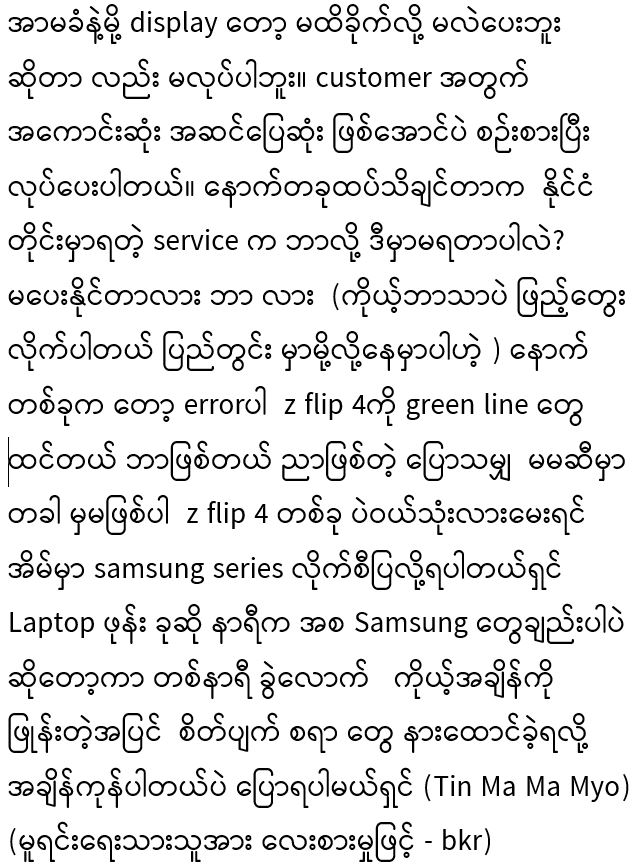






In the ever-evolving realm of aviation, innovations in wingspan technology continue to push the boundaries of what’s possible. As we look towards a future filled with more efficient and sustainable flight, the latest developments in wingspan technologies promise to revolutionize the way we travel and transport goods.
One of the most exciting advancements in recent years is the emergence of morphing wings. Inspired by nature, these wings can change their shape mid-flight, adapting to different conditions and optimizing fuel efficiency. By reducing drag and improving lift, these wings promise to make air travel more eco-friendly and cost-effective.
Another groundbreaking technology on the horizon is the use of advanced materials such as carbon composites and lightweight alloys. These materials not only reduce the overall weight of aircraft but also enhance their structural integrity. This translates to improved fuel efficiency, extended range, and reduced maintenance costs.
Furthermore, the integration of sensors and artificial intelligence is enhancing wing design and performance. Smart wings equipped with sensors can collect real-time data on air pressure, temperature, and turbulence. This data is then processed by AI algorithms to make instantaneous adjustments, ensuring a smoother and safer flight.
The latest wingspan technologies are not only about achieving greater speed and range but also about reducing our environmental footprint. With innovations like morphing wings, advanced materials, and smart sensors, the future of aviation looks more promising than ever, offering us a greener, more efficient, and safer way to explore the skies. As these technologies continue to develop, we can expect an exciting era of aviation on the horizon.
